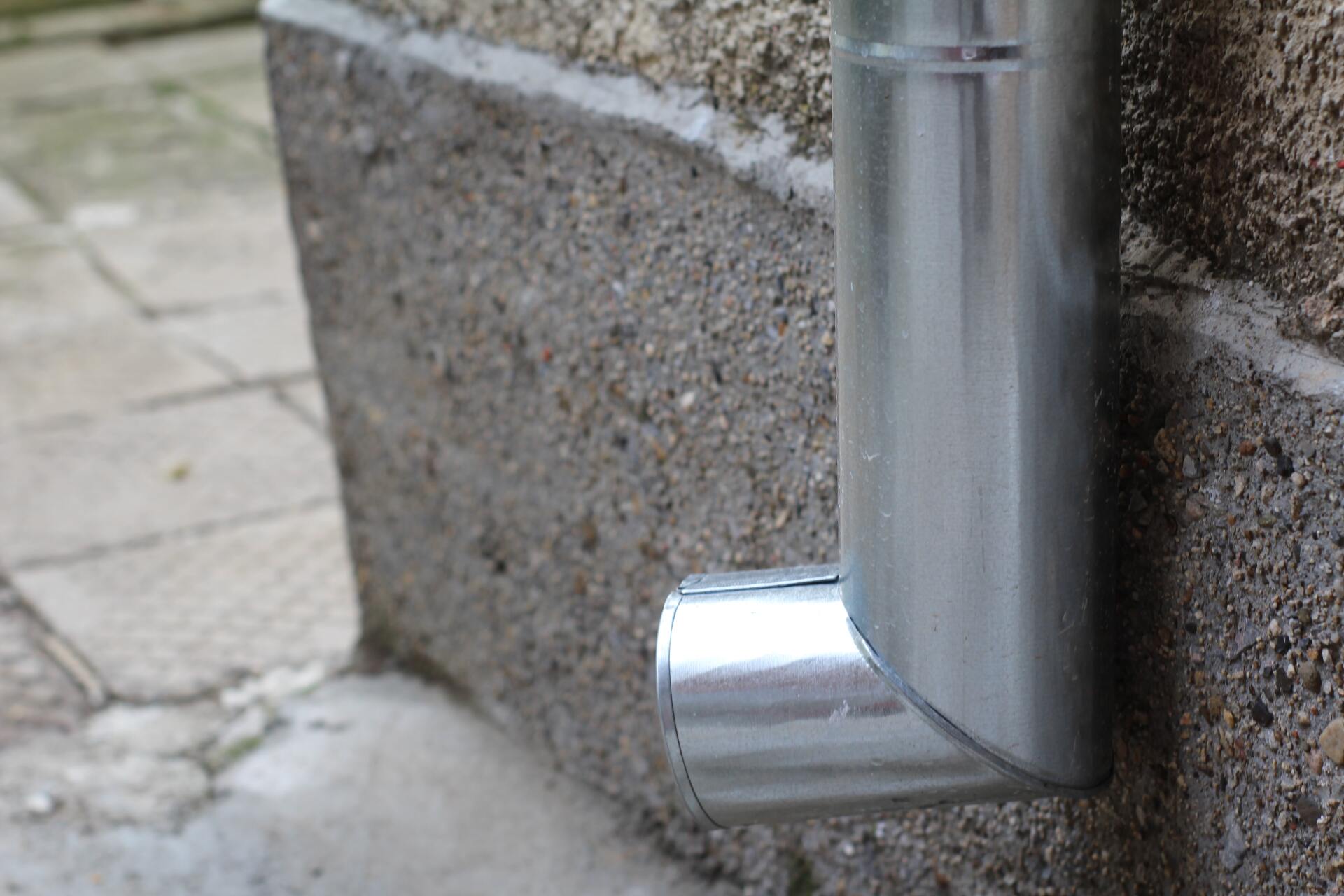What Is Above Ground Drainage?
Drainage involves the removal of water from an area. A good above ground drainage system is vital in preventing flooding and keeping buildings protected from rainwater damage. As a result, drainage systems are an important element within most construction projects.
What Is Above Ground Drainage?
With the urban landscape heavily populated with roads and buildings, rainwater can only partly be absorbed by the ground.
Typically, rainwater is absorbed by sewage systems. However, in periods of heavy rain downfall, these are not capable of dealing with such large amounts of water and in turn, this can lead to flooding.
In these circumstances, above ground systems are required to assist in removing visible water from the streets. This can be achieved using gutters and channels that are connected to drains. Open water channels can remove large amounts of water while gutters have a natural appearance and help the flow of water without causing damage to a building. The size of a drain is determined by the amount of water needing to be removed.
Why Are These Systems Important?
Aside from above ground systems being necessary for removing excess water to prevent flooding, these drainage systems also provide other benefits.
As these systems are visible, any problems can easily be detected and connection issues can be prevented. More importantly, proper drainage is essential to prevent mildew and structural damage to buildings. To protect a building’s foundations, it is highly important to ensure as little moisture as possible can build up around a building.
Furthermore, above ground systems offer environmental benefits. Rainwater lying on surfaces regularly used by cars and other motor vehicles that has not been absorbed by sewage systems often contain many pollutants. Therefore, above ground systems are essential to limit the harmful impact of these on the environment.

Types of Above Ground Systems
There are different types of drainage systems and so, it is important to choose one that is best suited to your building.
Surface Drainage Systems
Buildings that are located on a very flat surface require drainage. Rainwater builds up on flat surfaces which can lead to water pooling. This can have a detrimental impact on a building’s structure if an adequate drainage system is not in place.
Surface drainage systems require ditches which channels surplus water away from the property. By directing excess water away from a building, this helps prevent flooding and resultant damage. These drainage systems can also be effective for driveways and walkways.
Downpipe and Gutter Systems
The downpipe is connected to a gutter system surrounding a building, removing water build-up on the roof. This system moves water away from a building to prevent any structural damage being caused.
Summary
Having a solid drainage system in place is very important in climates which are prone to storms and heavy downfalls. Not only do above ground systems help prevent flooding, but also offer environmental benefits and minimise water-induced structural damage to buildings. What type of system works best for your project will depend on your building and its surrounding area.
DARe-me Consulting Engineers provide above ground ground drainage design for a range of different projects. Contact our experienced team today to find out more.


